Machine to Machine and Internet of Things
Machine to Machine and Internet of Things
Historically, M2M (Machine to Machine) technologies have allowed for ad-hoc/planned communication between devices using OTA (Over the air), or wired connectivity. With more and more devices being connected to the internet, inturn paving the way for Internet of Things (IoT), M2M has evolved over the last decade and given ability to remote control, ease data collection, perform predictive analytics, and achieve automation.
From where we are today, IoT will bring about transformational changes to the way businesses use technology. Enabling devices to communicate with each other and utilizing software for this integration, and generating intelligent business analytics will make human interactions meaningful. Such M2M & IoT based solutions will prove to be a meaningful part of how we go about doing things in our everyday lives.
According to ABI Research, more than 30 billion devices will be wirelessly connected to the Internet of Things by 2020. How do we connect this ocean of devices in our existing internet backbone? To be able to move to this scale of connectivity, IPv6 will help fill the demand for extremely large address space requirements. The inertia for IPv6’s global adoption will be overcome by the IoT’s insatiable demand for addresses from IPv4. Eventually Internet of Things will become Internet of Everything. The modern day connectivity on IPv4, and IPv6 in the long run makes it very abstracted to interwork the devices and design solutions on top of them.
The Fields of applications for M2M/Internet of Things include: Social Interaction gadgets, wearable clothes, wearable technology, environmental sensing, continuous patient care, smart shopping, smart television, smart meters, home automation, event planning, GIS, emergency response, traffic management, telemetry, etc.
Over the years, CDSi has done extensive work in integrating devices with devices using relevant protocols to design meaningful applications out of this union. The flavor of our experiences include:
Vehicle Telematics
Telematics in this context refers to vehicular technologies for transportation, safety, parking, onboard diagnostics, assisted driving, etc. We have done product development in Vehicle tracking, and Fleet management.
Monitoring System
CDSi has experience in developing solutions for Remote Asset tracking, ability to improve operational efficiency by accessing the remote assets for configurations, like
- Managing (reading/writing) smart meters – A SCADA System deployed using DLMS/COSEM compliant 3-Phase/1-Phase Energy Meters for Electricity, Gas & Heat
- Server peripherals (card reader, thermal printers etc.)
- Kiosks (ensuring data connectivity and interactions with hardware peripherals
- Digital SLRs (controlling the device to auto-take, focus for pictures, videos) and GPS devices for child safety etc.
Telehealth
CDSi has done extensive development in the following areas for improving health outcomes:
- Electronic Prescription Writers
- Monitoring for Health parameters (Heart rate, ECG, EKG etc) and environmental parameters (CO2, O2, CO etc) for Extra Vehicular Activities in Space
- Exposing Patient’s PHI (Protected Health Information) securely on devices
- Monitoring Post Operative Patient Health parameters using custom apps integrated with FitBit (www.fitbit.com)
- Automating data collection in Sub-Saharan countries for conducting telehealth programs
- Medical Transcription Automation
Telemetry
Ability to read and measure remote chemical assets like Liquid Nitrogen and Oxygen, on truck mounted tanks or on-premises installation at healthcare facilities is a boon to plan for Tank Refilling and Route Planning for Gas Delivery Companies. CDSi has done such developments and also remote controlled Power Generation of Laser devices using variable Voltage and Current by measuring the Laser strength and providing new ‘safety’ norms for operating such equipment via Smartphones.
Retail/Inventory
Use of handheld devices, along with proprietary hardware (retails tags/keyboards/beacons etc) is very common in Retail Industry where Asset Tracking, Inventory Management, Order Compliance, Point of Sale, have traditionally used heavy technology implementations. CDSi has done hardware integration using Custom hardware keyboards, NFC, RFID, Smart tags, new age Smart-Handheld Devices such as Sled from Honeywell and Android based Smart Handhelds. We have also worked with Devices to enable accepting payment on-the-go using Verifone technology like PayWare Mobile.
Home Automation
Controlling home appliances remotely has been there for ages, but is getting more ubiquitous and stylish with new emerging companies such as NEST (already acquired by Google). While Apple and Google are figuring out the next battlefield for domination (starting from your bedroom), we at CDSi have done a fair bit of automating such devices, using motion sensors, activity trackers to control home lighting and HVAC.
Aviation
By utilizing Smart devices (Tablets and Smartphones) to integrate with Avionics hardware so that the data collected over long duration of runs can be better understood using Analytics via Cloud has given one of our clients the leading edge for their FAA TSO compliant hardware. Catering to Civil Aviation using Aircrafts from Cessna, Cirrus, Diamond, and Piper & Skycrane Helicopters, our applications help monitoring various flight parameters (about 21 such parameters) like Cruise Elevation, Fuel flow, Turbine Inlet Temperature, Compressor Discharge Temperature, Cylinder Head Cooling Rate, % Horsepower, Induction Air Temperature, and Various Thermal Readings from Aircraft Engine etc. The data collected on the smart devices is eventually pipelined to Cloud based data storage where they can be visualized for flight data analysis.


